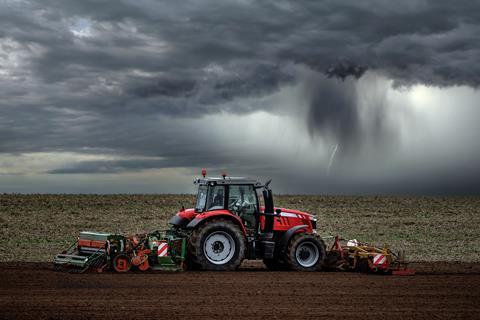
Agricultural inputs inflation has continued to outpace food inflation, latest figures from consultancy The Andersons Centre have revealed.
The annual rate of agflation is now estimated to be at 18.7%, compared with 11.1% for agricultural outputs, it said this week.
This is considerably higher than the Consumer Price Index and CPI Food rates, which stand at 10.5% and 16.8% respectively.
The research group said UK agriculture “continues to experience a cost of farming squeeze” because of the gap between food price inflation and the inflation faced by farmers.
Agflation has declined since July 2022, when it peaked at 26.3%. Andersons this week said general economic inflation also looked to have passed its peak.
However, food prices are expected to continue to rise as there tends to be a lag between inflation for agricultural commodities and the rate for food prices, it said.
Commodities outlook: will food prices finally ease in 2023?
Based on the expectation that this lag is about six months; the CPI Food Index is anticipated to peak shortly if it has not done so already.
Additionally, for most of the year, agflation costs surpassed price rises for agricultural outputs other than in October and November when both indices were aligned. During December and January, the agricultural outputs inflation rate has more than halved from 22.9% in October to 11.1% today.
This 7.6 percentage point gap between input and output inflation is likely to lead to a “challenging period ahead for farmers”, Andersons said.
The latest agflation figures come as many farmers warn of a reduction in production rates due to spiralling input costs.
British Apples & Pears warned last month that a third of all new apple trees expected to be planted had been cancelled while glasshouse grower group Lea Valley Growers anticipated more glasshouses to be empty this year.







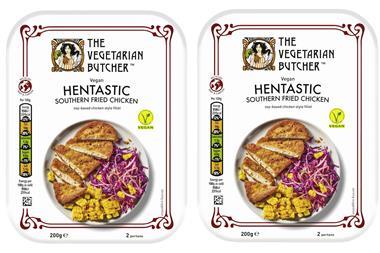
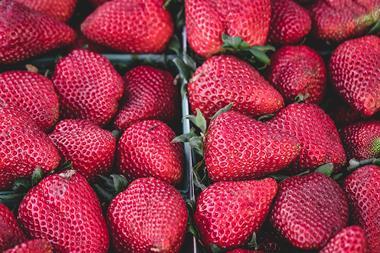
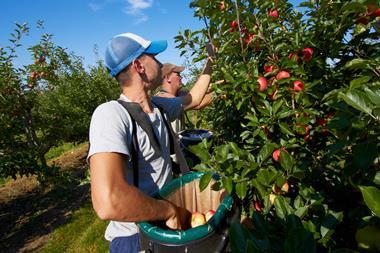
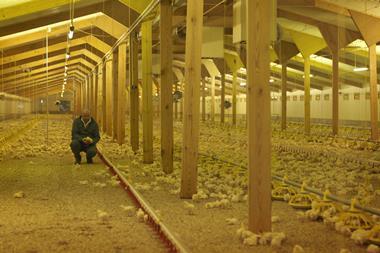
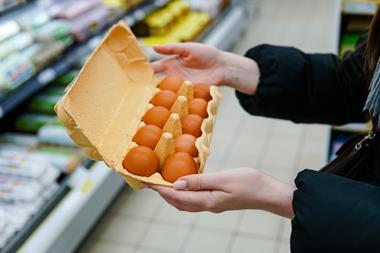
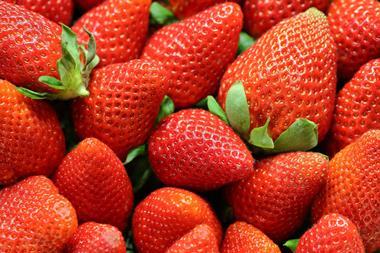
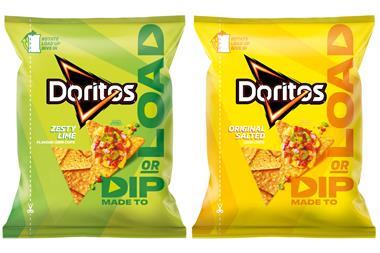

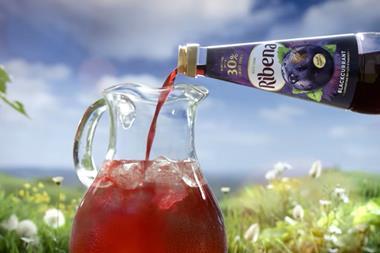



No comments yet